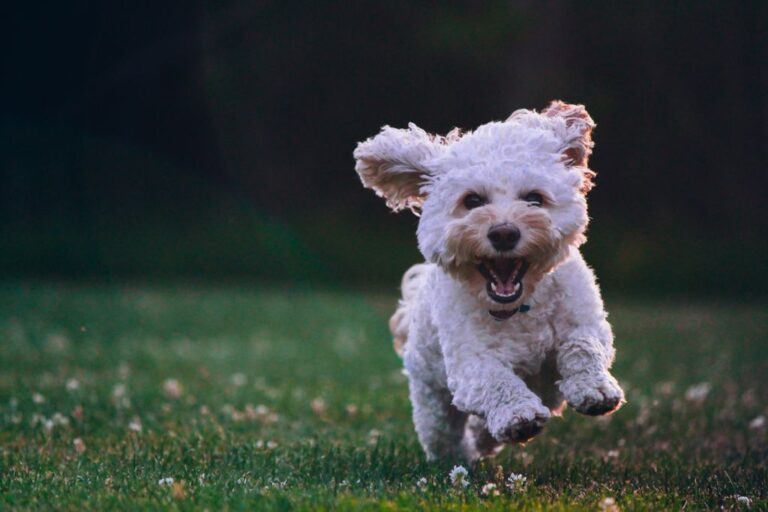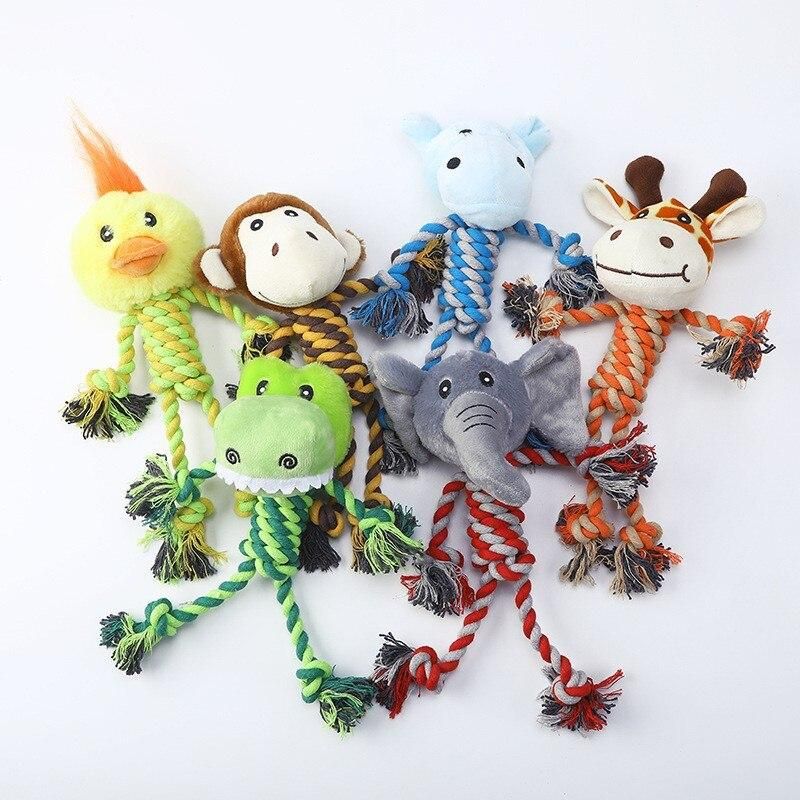Leading the Pack: Dog Training Guides for Obedient and Happy Canines

Understanding dog behavior is crucial for successful training and building a strong bond with your canine companion. In this article, we will explore key aspects of dog behavior, effective training techniques, and the importance of building a strong bond with your dog. By understanding these concepts, you’ll be better equipped to lead the pack and guide your dog towards obedience and happiness.
Key Takeaways
- Understanding dog behavior is essential for effective training and building a strong bond with your dog.
- Positive reinforcement is a powerful tool for shaping desired behaviors in dogs.
- Building trust and respect is the foundation for a strong bond between you and your dog.
- Socialization plays a key role in shaping a well-adjusted and friendly canine companion.
- Effective communication and consistent interaction are vital for fostering a harmonious relationship with your dog.
Understanding Dog Behavior
Canine Communication
Understanding the nuances of canine communication is essential for effective dog training. Dogs rely heavily on body language to express their emotions and intentions. Observing your dog’s posture, tail position, and ear orientation can provide valuable insights into their state of mind.
For instance, a wagging tail often signifies happiness, but depending on the wag’s nature, it could also indicate agitation. Here’s a simple guide to interpreting some common canine body signals:
- Tail wagging: Happiness or excitement
- Tail tucked: Fear or submission
- Ears up and forward: Alertness or interest
- Ears flattened: Fear or aggression
By learning to interpret these signals, you can better understand when your dog is feeling playful, anxious, or in need of reassurance. This knowledge is crucial for responding appropriately to your dog’s needs and for building a foundation of mutual understanding.
Effective communication with your dog also involves being aware of your own body language. Dogs are incredibly perceptive and can pick up on subtle cues that indicate your mood and intentions. Consistency in your signals and commands will help your dog understand what is expected of them, leading to a more harmonious relationship.
Pack Mentality
Understanding the pack mentality of dogs is crucial for effective training and establishing leadership. Dogs are naturally inclined to follow a leader and fit into a hierarchical structure similar to that observed in wild canids. Recognizing and adopting the role of the pack leader is essential in guiding your dog’s behavior and ensuring their obedience.
- Establish clear rules and boundaries
- Be consistent with commands and expectations
- Display calm and assertive energy
By positioning yourself as the pack leader, you create a sense of security and order for your dog, which is fundamental for their well-being and the development of a well-mannered pet.
It’s important to note that being a pack leader does not mean using intimidation or fear. It’s about providing guidance and setting limits within which your dog can confidently operate. This approach fosters a harmonious relationship where your dog understands their place in the family structure.
Socialization
Socialization is a critical aspect of dog training that ensures your pet is well-adjusted and comfortable in various situations. Proper socialization can prevent behavioral issues such as fear, aggression, and anxiety. It involves exposing your dog to different people, animals, environments, and experiences during their early stages of development.
- Introduce your dog to new experiences gradually.
- Provide positive interactions with other dogs and people.
- Encourage calm and polite behavior in public settings.
Socialization is not just about quantity but also the quality of experiences. Aim for positive encounters that build confidence and good manners.
Remember, socialization is an ongoing process. It’s important to continue exposing your dog to new situations throughout their life to maintain their social skills and adaptability.
Effective Training Techniques
Positive Reinforcement
Positive reinforcement is a cornerstone of modern dog training, hinging on the principle that behaviors followed by pleasant outcomes are more likely to be repeated. Rewarding your dog for good behavior rather than punishing them for undesirable actions fosters a learning environment filled with trust and encouragement.
- Praise your dog immediately after the desired behavior.
- Use treats or toys as rewards, ensuring they are highly valued by your dog.
- Be consistent with your rewards to reinforce the behavior.
Consistency is key in positive reinforcement. The timing of rewards is crucial, as dogs live in the moment and associate the reward with the action they just performed. Regular practice and maintaining a routine help your dog understand what is expected of them and strengthens the desired behaviors.
Clicker Training
Clicker training is a popular and effective method for teaching dogs new behaviors and commands. The clicker serves as a clear marker of the exact moment your dog performs the desired behavior, making it easier for them to understand what they did right.
To get started with clicker training, follow these basic steps:
- Charge the clicker by clicking and immediately giving a treat. Repeat until your dog associates the click with rewards.
- Use the clicker during the desired behavior, followed by a treat.
- Gradually phase out treats, continuing to use the clicker to mark the correct behavior.
Consistency is key in clicker training. Always click at the exact moment the desired behavior occurs and follow with a reward.
Remember, clicker training is not just about teaching tricks; it’s a way to communicate with your dog and enhance your bond. With patience and practice, it can be a fun and rewarding experience for both you and your canine companion.
Behavioral Correction
Behavioral correction is a training method that focuses on discouraging unwanted behaviors through the use of deterrents. It’s essential to apply these techniques with consistency and care to avoid creating fear or aggression.
When implementing behavioral correction, it’s important to understand the types of deterrents:
- Verbal commands: A firm "No" or "Stop" to interrupt the behavior.
- Physical interruption: A gentle touch or block to prevent the behavior from continuing.
- Time-outs: Removing the dog from a situation to calm down and reset.
Remember, the goal of behavioral correction is not to punish, but to redirect and teach the desired behavior.
It’s crucial to balance correction with positive reinforcement. After correcting the unwanted behavior, guide your dog towards the correct action and reward them for it. This helps your dog learn what is expected and strengthens your bond.
Building a Strong Bond
Trust and Respect
Establishing a foundation of trust and respect is crucial in the dog-owner relationship. Trust is the cornerstone that allows your dog to look to you for guidance and to follow your commands without hesitation. Respect is earned through consistent, fair leadership and by setting clear boundaries.
- Consistency is key in building trust; dogs thrive on predictable routines and clear expectations.
- Patience is essential; trust is not built overnight and requires time and understanding.
- Respect is a two-way street; while your dog learns to respect you, you must also respect their needs and boundaries.
A dog that trusts and respects its owner is more likely to be obedient, calm, and happy. This mutual understanding paves the way for a harmonious living environment and a deeper bond.
Communication
Effective communication is the cornerstone of any successful dog training program. Understanding your dog’s cues and being able to convey your own is essential for a harmonious relationship. Dogs are adept at reading body language and can be trained to respond to verbal commands as well as hand signals.
- Verbal Commands: Use clear and consistent words for commands.
- Hand Signals: Accompany verbal commands with distinct gestures.
- Consistency: Ensure all family members use the same commands and signals.
Establishing a common language with your dog not only aids in training but also strengthens the bond between you. It’s important to be patient and attentive to your dog’s attempts to communicate, rewarding them for their efforts to understand and be understood.
Play and Interaction
Engaging in regular playtime is essential for maintaining a happy and healthy relationship with your dog. Play reinforces the bond between you and your pet, providing both mental stimulation and physical exercise. Different dogs enjoy different types of play, so it’s important to discover what your dog loves most.
- Tug-of-war can be a great way to exercise your dog and practice commands like ‘take it’ and ‘drop it’.
- Fetch encourages your dog to return to you, strengthening recall behaviors.
- Puzzle toys stimulate your dog’s mind and can keep them entertained for hours.
Remember, the goal of play is not just to tire out your dog, but to create joyful shared experiences that build trust and affection. Always supervise play to ensure it remains safe and positive for everyone involved.
Conclusion
In conclusion, training your dog is a rewarding experience that strengthens the bond between you and your furry companion. With the right guidance and resources, you can lead the pack and ensure that your canine friend is obedient and happy. Explore the various dog training guides available and embark on a journey to create a harmonious and joyful relationship with your beloved pet.
Frequently Asked Questions
How do I stop my dog from barking excessively?
Excessive barking can be a sign of boredom, anxiety, or the need for attention. Providing mental and physical stimulation, training for quiet behavior, and addressing any underlying anxiety can help reduce excessive barking.
What is the best way to house train a puppy?
Consistency, patience, and positive reinforcement are key to successfully house training a puppy. Establish a routine, use rewards for good behavior, and supervise the puppy closely to prevent accidents.
How can I prevent my dog from jumping on people?
Teaching your dog an alternative behavior, such as sitting, and rewarding calm greetings can help prevent jumping. Consistent training, redirection, and teaching the
Is it possible to train an older dog?
Yes, older dogs can learn new behaviors and respond well to training. It may require more patience and consistency, but with the right approach, older dogs can be trained effectively.
What should I do if my dog shows signs of aggression?
Seek professional help from a certified dog trainer or behaviorist if your dog displays signs of aggression. It’s important to address the underlying cause and develop a behavior modification plan under the guidance of a professional.
How can I build a strong bond with my dog?
Spending quality time with your dog, engaging in interactive play, providing positive reinforcement, and understanding your dog’s body language can help build a strong bond. Consistent training and clear communication also contribute to a strong bond.


















Leave a comment